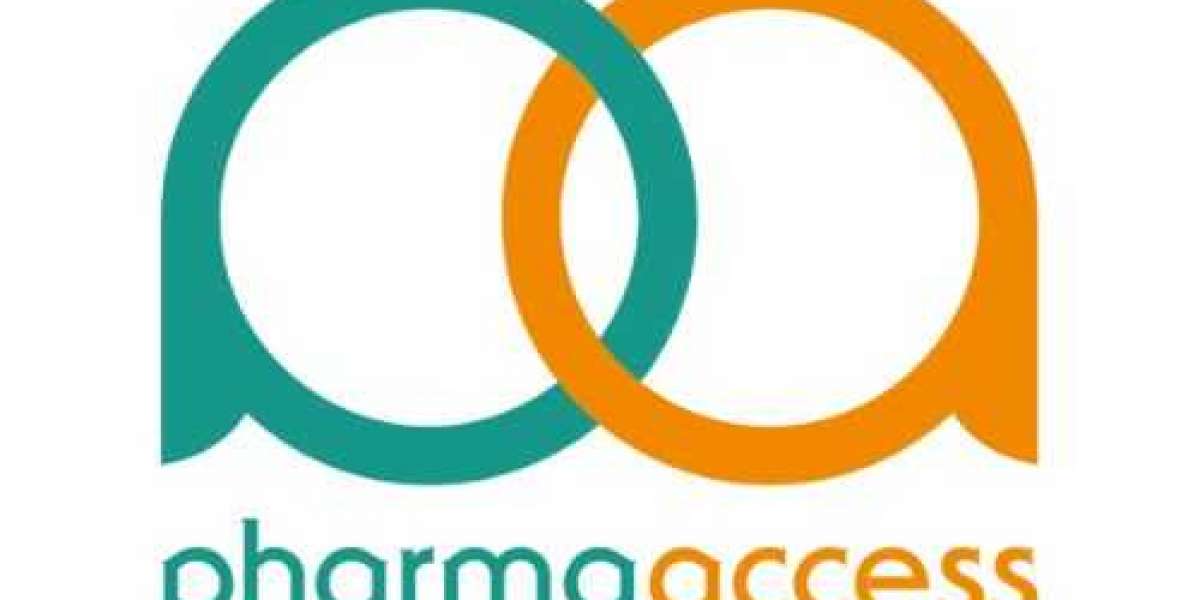In the pharmaceutical industry, ensuring the safety, purity, and efficacy of medications is not just a regulatory requirement but a fundamental responsibility. One of the most critical environments for achieving these standards is the clean room. The clean room in pharmaceutical industry settings serves as a controlled space where contamination is minimized, and highly sensitive processes such as sterile drug manufacturing, packaging, and quality control are conducted.
With growing global demand for sterile pharmaceutical products and biologics, the role of clean rooms has expanded beyond just technical infrastructure—they are now integral to regulatory compliance, product quality, and operational efficiency.
What is a Clean Room?
A clean room is a specially designed environment where the concentration of airborne particles, microbial contamination, temperature, humidity, and airflow are strictly controlled. The purpose of a clean room in pharmaceutical industry operations is to prevent contamination of pharmaceutical products during critical stages such as formulation, filling, and packaging.
These rooms are classified based on cleanliness levels, which refer to the number of particles per cubic meter of air. Clean rooms in the pharmaceutical sector typically follow standards set by ISO (International Organization for Standardization), the EU GMP (Good Manufacturing Practices), and the U.S. FDA.
Clean Room Classifications
Clean rooms are classified by the maximum allowable number of particles of specific sizes in a cubic meter of air. The most commonly used standards are:
ISO Classification
ISO Class 5: Maximum 3,520 particles ≥0.5 µm per cubic meter
ISO Class 7: Maximum 352,000 particles ≥0.5 µm per cubic meter
ISO Class 8: Maximum 3,520,000 particles ≥0.5 µm per cubic meter
ISO Class 5 is typically used for critical areas like sterile filling, while ISO Class 7 and 8 may be used for less sensitive operations.
EU GMP Classification
Grade A: Cleanest environment, used for high-risk operations such as aseptic filling
Grade B: Background environment for Grade A activities
Grade C and D: Less stringent areas used for preparation and support functions
These classifications ensure that pharmaceutical operations are carried out in environments that meet appropriate contamination control levels based on the sensitivity of the product.
Why Clean Rooms Are Essential in the Pharmaceutical Industry
Maintaining strict hygiene and environmental controls is non-negotiable in pharmaceutical production. A clean room in pharmaceutical industry operations plays a key role for several reasons:
1. Contamination Control
The most important function of a clean room is to minimize contamination from dust, microbes, aerosol particles, and chemical vapors. Even microscopic contamination can compromise the safety and effectiveness of a drug, leading to recalls, regulatory penalties, or harm to patients.
2. Regulatory Compliance
Clean rooms help pharmaceutical companies meet Good Manufacturing Practices (GMP) and adhere to national and international regulations. Regulatory authorities like the FDA and EMA conduct inspections and audits to assess the adequacy of clean room facilities and procedures.
3. Product Integrity and Patient Safety
For injectable drugs, eye drops, vaccines, and other sterile products, the production environment must be completely free from viable and non-viable contaminants. Clean rooms ensure that products are manufactured under conditions that maintain their integrity and protect patient health.
4. Quality Assurance
Clean rooms support a culture of quality by enforcing controlled environments, documented procedures, and continuous monitoring. They contribute to batch-to-batch consistency and the reproducibility of pharmaceutical formulations.
Components of a Pharmaceutical Clean Room
A clean room in pharmaceutical industry settings is much more than a room with filtered air. It is a highly engineered environment with multiple integrated systems and procedures.
1. HVAC System
The heating, ventilation, and air conditioning (HVAC) system is the backbone of clean room functionality. It maintains constant airflow, temperature, and humidity while filtering out contaminants using HEPA (High-Efficiency Particulate Air) filters.
2. Airlocks and Pressure Differentials
To prevent cross-contamination, clean rooms use airlocks and maintain pressure differentials between areas of varying cleanliness. Positive pressure prevents contaminated air from entering high-grade areas, while negative pressure may be used in containment zones.
3. Surfaces and Materials
Clean rooms are built with smooth, non-porous materials such as stainless steel or coated aluminum to prevent particle shedding and microbial growth. Floors, walls, and ceilings are easy to clean and resistant to disinfectants and chemicals.
4. Garment and Personnel Control
Human beings are one of the largest sources of contamination in clean rooms. Operators must wear clean room garments such as gowns, gloves, masks, and shoe covers. Strict entry protocols and training are enforced to minimize contamination risks.
5. Monitoring Systems
Clean rooms are continuously monitored for airborne particles, pressure levels, temperature, humidity, and microbial contamination. Real-time data helps in maintaining compliance and triggering corrective actions when deviations occur.
Clean Room Procedures and Best Practices
To maintain cleanliness and compliance, pharmaceutical companies implement detailed clean room procedures:
Gowning procedures: Step-by-step dressing in designated zones to avoid contamination
Cleaning and disinfection: Regular cleaning schedules using approved agents
Restricted access: Limiting entry to trained personnel only
Equipment sanitation: Cleaning and validating tools and machines before use
Documentation: Logging all activities, deviations, and maintenance actions
Proper documentation is essential for audit readiness and compliance with regulatory requirements.
Validation and Qualification
Before a clean room can be used for production, it must undergo rigorous qualification and validation processes. This includes:
Design Qualification (DQ): Ensuring the design meets operational and regulatory requirements
Installation Qualification (IQ): Verifying equipment and systems are installed correctly
Operational Qualification (OQ): Testing performance under expected operating conditions
Performance Qualification (PQ): Confirming consistent performance during actual production
Clean rooms must also be routinely revalidated to ensure continued compliance and performance.
Challenges in Clean Room Management
While clean rooms are critical for pharmaceutical production, they also come with challenges:
High Operational Costs
The construction, validation, and maintenance of clean rooms are expensive. HVAC systems consume large amounts of energy, and specialized staff must be trained and retained.
Risk of Human Error
Despite protocols, human error can lead to contamination or deviation. Continuous training and monitoring are necessary to reduce risks.
Evolving Regulations
As global regulations evolve, clean rooms must be upgraded to meet new standards. Staying ahead of compliance requirements is both a technical and financial challenge.
Future Trends in Clean Room Technology
The future of clean room in pharmaceutical industry operations is driven by innovation and digital transformation. Some emerging trends include:
Use of automation and robotics to reduce human intervention
Smart sensors and real-time environmental monitoring
Modular clean room designs for faster construction and scalability
Advanced airflow modeling for better contamination control
Energy-efficient HVAC systems to reduce operational costs
As the industry shifts toward biologics, personalized medicine, and continuous manufacturing, clean room design and operations will continue to evolve.
Conclusion
The clean room in pharmaceutical industry operations is far more than a physical space—it is a critical component of the drug manufacturing ecosystem. By providing a controlled and sterile environment, clean rooms ensure the production of high-quality, safe, and effective medications. They play a vital role in compliance with global regulatory standards and in building public trust in pharmaceutical products.
As technologies and regulations advance, pharmaceutical companies must invest in modern clean room infrastructures and practices to remain competitive and compliant. In doing so, they not only meet regulatory expectations but also fulfill their responsibility to deliver safe medicines to patients around the world.








